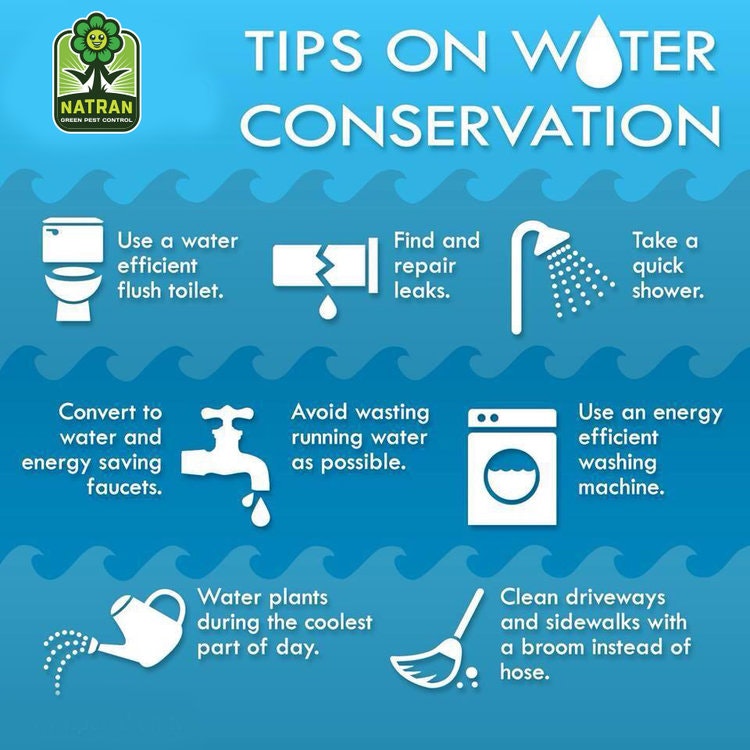Streams, ponds, reservoirs, and wells are among the drinking water sources (both tap and bottled). Water dissolves naturally occurring minerals and, in some cases, radioactive material as it travels over the land’s surface or through the ground, and it may pick up substances resulting from animal or human activity. Potentially harmful substances in drinking water from various sources include:
- Viruses and bacteria are examples of microbial substances that can occur naturally or be derived from agricultural livestock operations, and wildlife, sewage treatment plants and septic systems.
- Salts and metals are examples of inorganic substances that can occur naturally or as a result of urban storm runoff, industrial or domestic wastewater discharges, or farming.
- Pesticides and herbicides can come from a variety of sources, including agriculture, urban stormwater runoff, and residential applications.
- Organic chemical substances include synthetic and volatile organics, which are by-products of industrial processes and can also come from gasoline stations, urban stormwater runoff, and septic systems.
- Naturally occurring radioactive substances or otherwise obtained from oil and gas production and mining activities.
Types of harmful substances in drinking water
The following are general types of harmful substances in drinking water:
- Physical contaminants have the greatest influence on the physical appearance or other physical properties of water. Suspended sediment or organic material in the water of lakes, rivers, and streams as a result of soil erosion are examples of physical contaminants.
- Chemical contaminants are substances that contain elements or compounds. These contaminants could be natural or man-made. Nitrogen, bleach, salts, pesticides, metals, bacterial toxins, and human or animal drugs are examples of chemical contaminants.
- Biological contaminants in water are organisms. Microbes and microbiological contaminants are other terms for them. Bacteria, viruses, protozoa, and parasites are examples of biological or microbial contaminants.
- Radiological substances are chemical elements with an unbalanced number of protons and neutrons, which results in unstable atoms capable of emitting ionising radiation. Cesium, plutonium, and uranium are examples of radiological contaminants.
Water conservation tips at home

Apart from understanding some of the most common harmful substances in drinking water, it is also important to utilise water efficiently. Water efficiency is the wise use of our water resources through water-saving technologies and simple household steps that we can all take. Water efficiency will help ensure reliable water supplies today and in the future. Best of all, everyone can contribute to preserving our nation’s water resources. The simple steps and informational tools provided below are easier than ever before.
- Monitor toilet leaks by using food colouring in your tank and see if the colour shows up in the toilet bowl without flushing. Toilets that leak can waste up to 600 gallons per day.
- While brushing your teeth, turn off the water.
- Avoid long
- Only use the dishwasher and clothes washer for full loads.
- To reduce evaporation, water your lawn only when necessary in the evening or early morning.
- Watering should be avoided on windy days.
- A leaking faucet can save up to 140 gallons of water per week.
- Use a water bowl to clean and prepare vegetables rather than letting the faucet run.
- To quickly identify water-saving products, look for the Water Sense label when replacing faucets, toilets, and showerheads